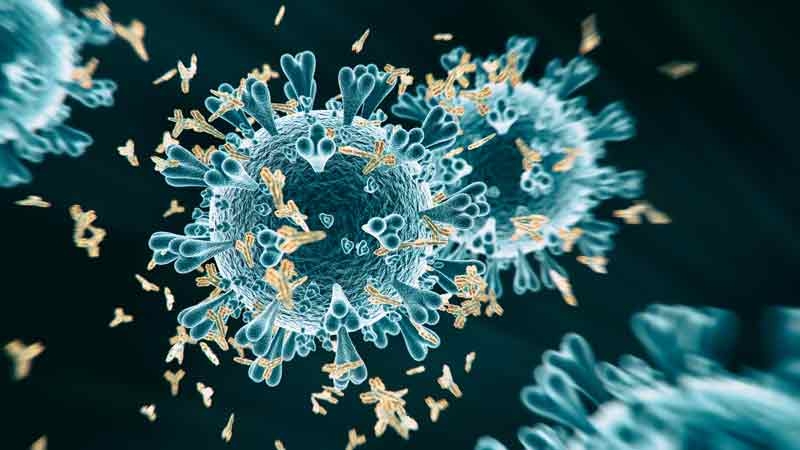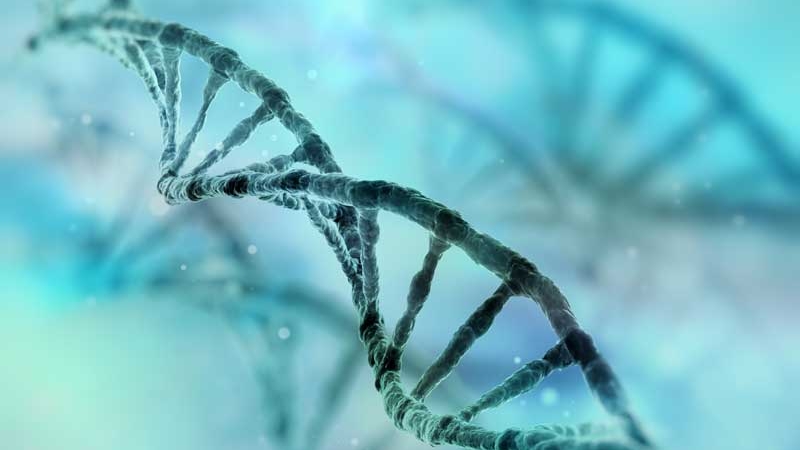What we
are about
are about
Discover the state of the art of research on Alzheimer’s, heart failure and immune diseases, and how ISAR Bioscience intends to advance regenerative therapies.
What we are about
Discover the state of the art of research on Alzheimer’s, heart failure and immune diseases, and how ISAR Bioscience intends to advance regenerative therapies.
Background
ISAR Bioscience is a translational company developing technologies and new therapies for degenerative diseases. We work closely with public research institutions and companies from the biotechnology and pharmaceutical industries. We aim to build bridges between these institutions and thus create a direct link between basic research and new therapies and products. This is what we mean when we speak of “translation”.
The diseases that we target are all characterized by a pathological loss of organ function – due to ageing, insufficient blood circulation or a malfunctioning immune system. Examples are Alzheimer’s disease and chronic cardiac failure, which often occurs after a surviving heart attack.
In these degenerative diseases the natural ability of the organs to regenerate from their own stem cells is no longer sufficient. This leads to the loss of cells and finally to the loss of organ function.
Such diseases play a major role worldwide. In most societies they represent the greatest burden of disease, they are responsible for most hospital admissions and are the most frequent causes of death. If degenerative diseases can be pushed back, the vision of healthy ageing comes within reach.
Read more about such diseases and the state of research

Neurodegenerative diseases and Alzheimer’s disease
Neurodegeneration is an age-related progressive deterioration of structures and functions of the centra nervous system. Ultimately, this leads to cognitive disability and dementia. Neurodegenerative diseases are a major threat to human health and, due to current demographic trends, also an enormous socio-economic burden. Besides the particularly well-known Alzheimer’s and Parkinson’s diseases, there are many other neurodegenerative diseases. Most of them are not familial. They apparently arise from a complex interaction of genetic and environmental risk factors.
Alzheimer’s disease is the most common form of dementia and affects millions of people worldwide. Early signs include gaps in short-term memory. As the disease progresses, symptoms become more pronounced and memory and learning are more impaired. Eventually, speech deteriorates and behavioural changes become noticeable.
The exact cause of Alzheimer’s dementia is not yet fully understood. Research focuses on two proteins: beta-amyloid and tau. These proteins accumulate in the brain and form amyloid plaques outside the cells, and so-called neurofibrillary tangles inside the cells. Both impair the function and connectivity of nerve cells, leading to a progressive loss of brain function and a gradual shrinking of the brain.
Another explanation of Alzheimer’s disease focuses on the activation of the immune system and on inflammatory symptoms in the affected regions of the brain. This so-called neuroinflammation is a common feature of virtually all neurodegenerative diseases. Microglial cells play a key role in this process. These are cells of the innate immune system located in the brain. They are important for brain development, healthy ageing and the protection of neurons.

Heart attack and chronic heart failure
Cardiovascular disease is the most common cause of death and hospitalisation, often as a result of long-term developments. Two of the most common and relevant problems are myocardial infarction and chronic heart failure - where heart failure is often the result of a previous heart attack.
In a heart attack, technically known as a myocardial infarction, an interruption in the blood supply to certain regions of the heart leads to cell death and - if not treated very quickly - to the death of the heart muscle in these regions. A myocardial infarction is usually accompanied by severe chest pain that can radiate to the shoulders, arms, back or neck. But atypical or even silent infarctions also occur, probably more often in women. Often, a myocardial infarction occurs in the center or left side of the chest and lasts longer than a few minutes. The event can have very severe acute consequences, including death from rupture of the heart muscle, cardiac shock or arrhythmia (irregular heartbeats that can lead to cardiac arrest).
A heart attack is treated acutely with various medications and cardiac catheterisation as soon as possible to restore blood flow. But even if this is successful, long-term damage often remains. Dying muscle cells are replaced by connective tissue, a process technically known as remodelling. As a result, the heart muscle loses its elasticity and strength. This in turn affects the filling of the heart with blood and its ejection into the bloodstream. This is cardiac failure.

Diseases of the immune system
Our immune system protects us from harmful pathogens such as viruses and bacteria. To do this, it has to distinguish exactly what belongs to our body and what is foreign to it. Sometimes this distinction does not work and the immune system reacts either too strongly or too weakly. This contributes to many diseases.
In autoimmune diseases, the immune system is overactive; it attacks and damages our body. Many diseases are caused by such overactivity of the immune system, or at least they have an autoimmune component. Examples are rheumatic diseases, but also diseases of the nervous system - and even chronic heart failure. On the other hand, a weak immune system favours infections by viruses and bacteria and can lead to a variety of diseases. Therefore, all therapeutic strategies for diseases of the immune system ultimately aim at restoring its balance.
Read more about our technologies
and how we use them in our research
and how we use them in our research

Genome editing
The development of genome editing technologies is one of the most significant innovations for basic and applied research in biomedicine. The CRISPR/Cas method, which is based on a complex defence mechanism of the immune system of bacteria, has revolutionized the way and speed of genome engineering. The two discoverers of this system, Emmanuelle Charpentier and Jennifer Doudna, received the Nobel Prize in Chemistry in 2020.
The abbreviation CRISPR stands for Clustered Regularly Interspaced Short Palindromic Repeat. The CRISPR/Cas system is a two-part system. It consists of a DNA-cutting enzyme, the so-called endonuclease Cas (CRISPR associated), which can be targeted by a small RNA molecule to any position in the genome. There, the endonuclease leads to double-strand breaks in the DNA. These can be used to introduce specific gene mutations and thus alter the genome very precisely and in many different ways. In recent years, numerous CRISPR/Cas-like systems have been discovered in nature.
The technology holds enormous potential for almost every biotechnology sector. Among others, it enables the generation of highly accurate disease models for novel therapeutics and diagnostics.

Stem cells and their differentiation
Human induced pluripotent stem cells (hiPSCs) have opened up completely new horizons for research into human diseases. With their help, mechanisms of disease development can be studied and new therapies discovered. These are cells that have been reprogrammed from differentiated cells (for example from the skin or blood). Similar to embryonic stem cells, they are able to renew themselves and give rise to every cell type in the body. These properties make hiPSCs a continuous source of human cells and useful for a wide range of applications.
Progress in the generation of three-dimensionally organized tissues from hiPSCs, so-called organoids, has led to enormous advances in disease modelling. In combination with genome editing, hiPSC-derived cells and organoids represent powerful models of natural tissues and organs. They are also suitable as tools for cell-based therapies and for personalized drug screening. Intensive research is currently underway to standardize such cells and derived models.



